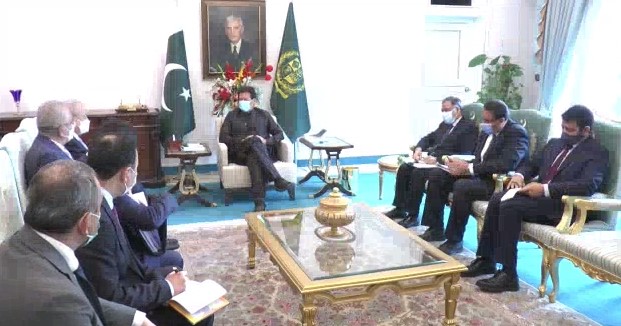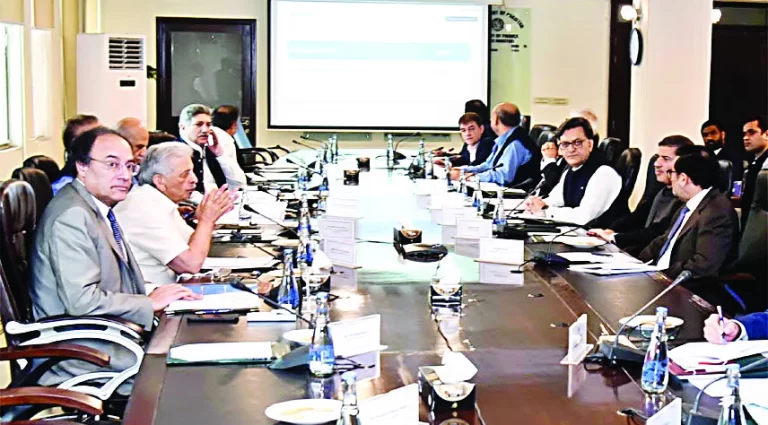Pakistan’s Budget Targets Rapid Consolidation Amid High Debt and Reform Challenges: Moodys
On 12 June, the government of Pakistan (Caa3 stable) presented its fiscal 2025 budget (ending June 2025) to Parliament.
The budget outlines a quickening of fiscal consolidation to be achieved through increased taxes and stronger projected nominal growth.
This budget will likely support Pakistan’s ongoing negotiations with the IMF for a new Extended Fund Facility (EFF) program, crucial for unlocking financing from the IMF and other bilateral and multilateral partners to meet its external financing needs.
However, the government’s ability to sustain reform implementation will be key to meeting its budget targets and continually unlocking external financing, leading to a durable easing of liquidity risks.
A resurgence of social tensions due to the high cost of living—potentially exacerbated by higher taxes and future adjustments to energy tariffs—could weigh on reform implementation. Additionally, there are risks that the coalition government may lack a sufficiently strong electoral mandate to continually implement difficult reforms.
The government announced a consolidated (federal and provincial) budget deficit of 5.9% of GDP for fiscal 2025, narrowing from an estimated 7.4% for fiscal 2024.
The primary balance is set to reach a surplus of 2.0% of GDP for fiscal 2025, up from around 0.4% in fiscal 2024. The government projects real GDP growth at 3.6% for fiscal 2025 and headline inflation at 12%.
The budget reveals the government’s intention to achieve quicker fiscal consolidation mainly through revenue increases, with minimal spending-containment measures.
The government has set a challenging target to substantially increase federal government revenue to PKR17.8 trillion, about 46% higher than the previous year.
This revenue increase is led by a 40% rise in tax revenue, achieved through a combination of new taxes (e.g., higher taxes on cars, cement, steel, gas, and diesel) and stronger nominal growth. Overall, the government targets an increase in revenue/GDP to 14.3% in fiscal 2025 from 11.5% in fiscal 2024.
At the same time, the budget targets an overall federal government expenditure of PKR18.9 trillion, about 25% higher than the previous year. The increase in expenditure reflects a lack of significant cost-containment measures and Pakistan’s very high interest payments.
Subsidies in the budget increased by 27% to PKR1.4 trillion, mainly driven by large increases in subsidies to the power sector, indicating limited progress in energy sector reforms. The government has also increased public sector pensions and salary budgets.
Meanwhile, the government spends more than half its revenue on interest payments, indicating very weak debt affordability, which drives high debt sustainability risks.
The budget estimates debt servicing payments to increase by about 18% for fiscal 2025 compared to the previous year. About 55% of fiscal 2025 revenue (PKR9.8 trillion) is earmarked for interest payments on the government’s debt.
Pakistan’s very weak debt affordability drives high debt sustainability risks. Allocating a significant share of its budget toward debt payments will constrain the government’s capacity to service its debt while meeting essential social spending and infrastructure needs.








